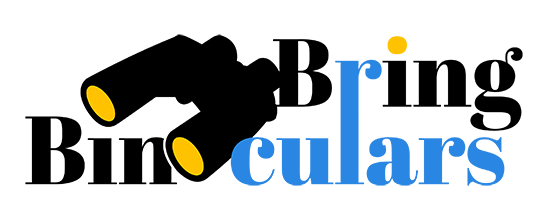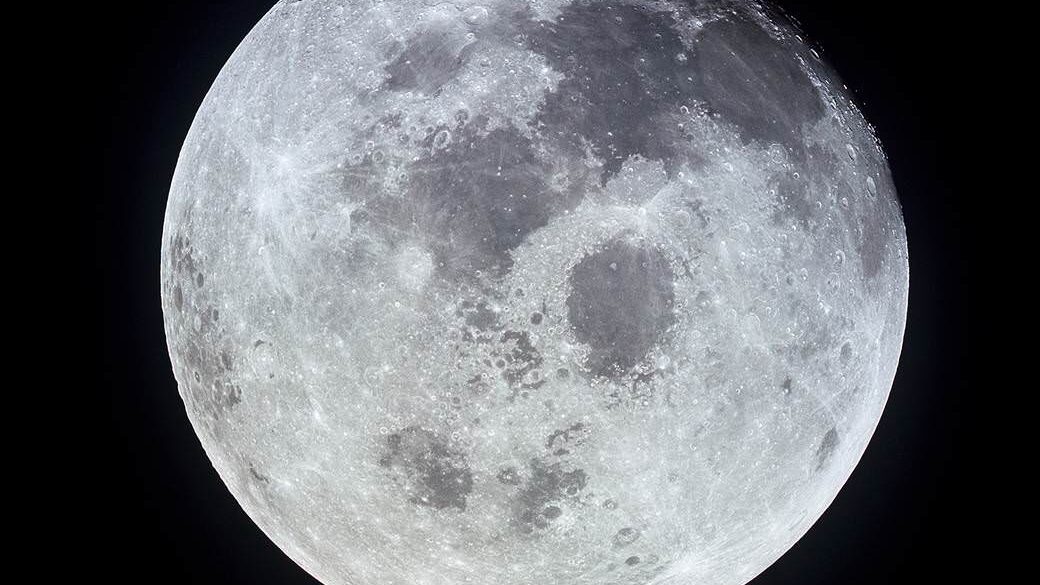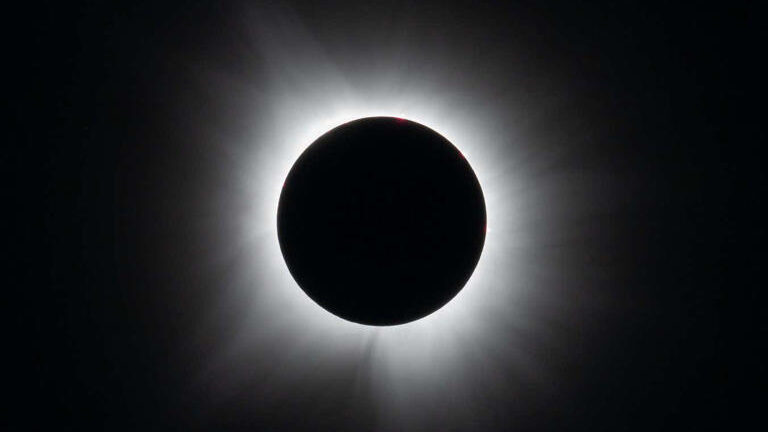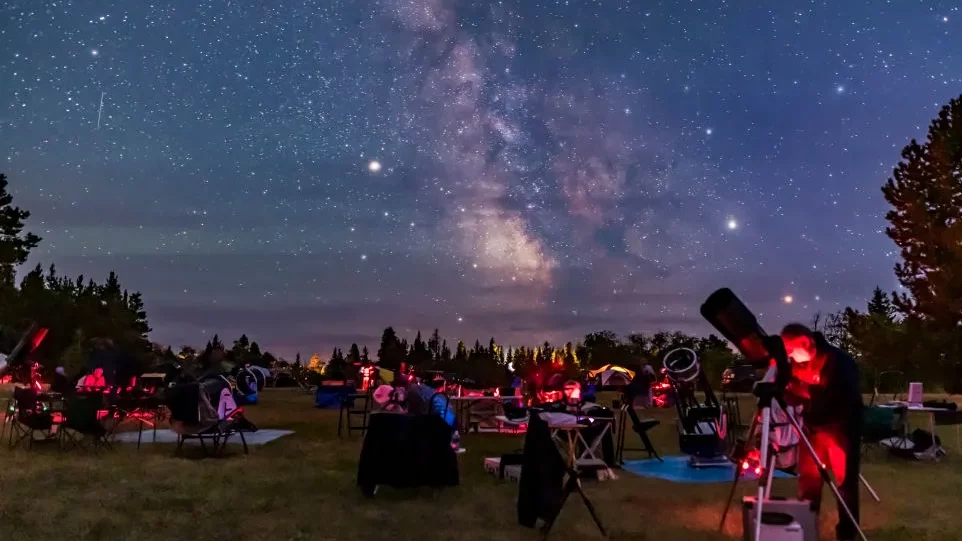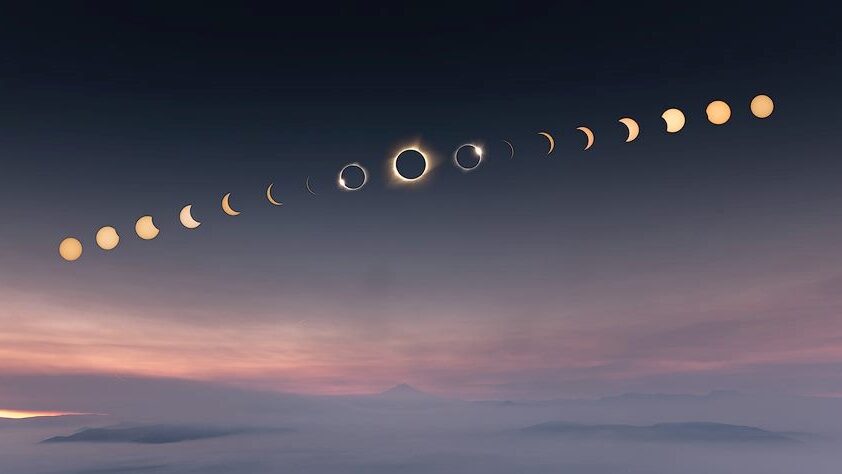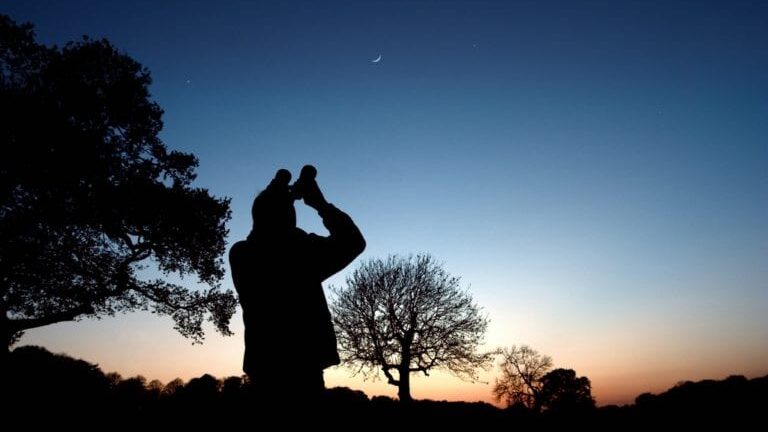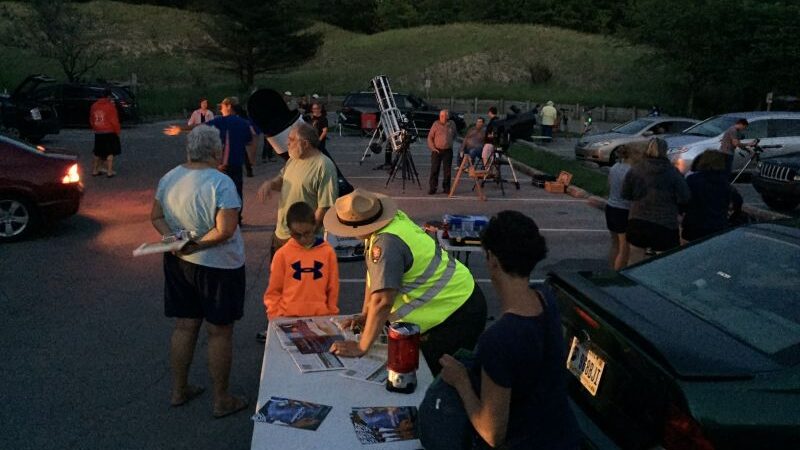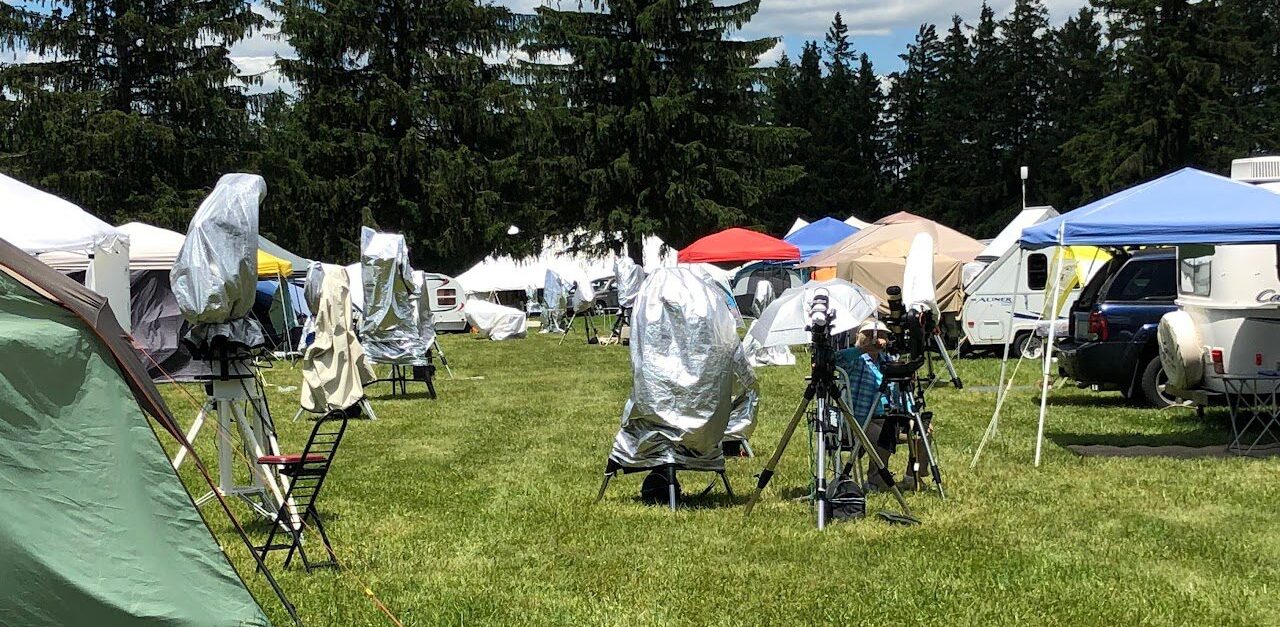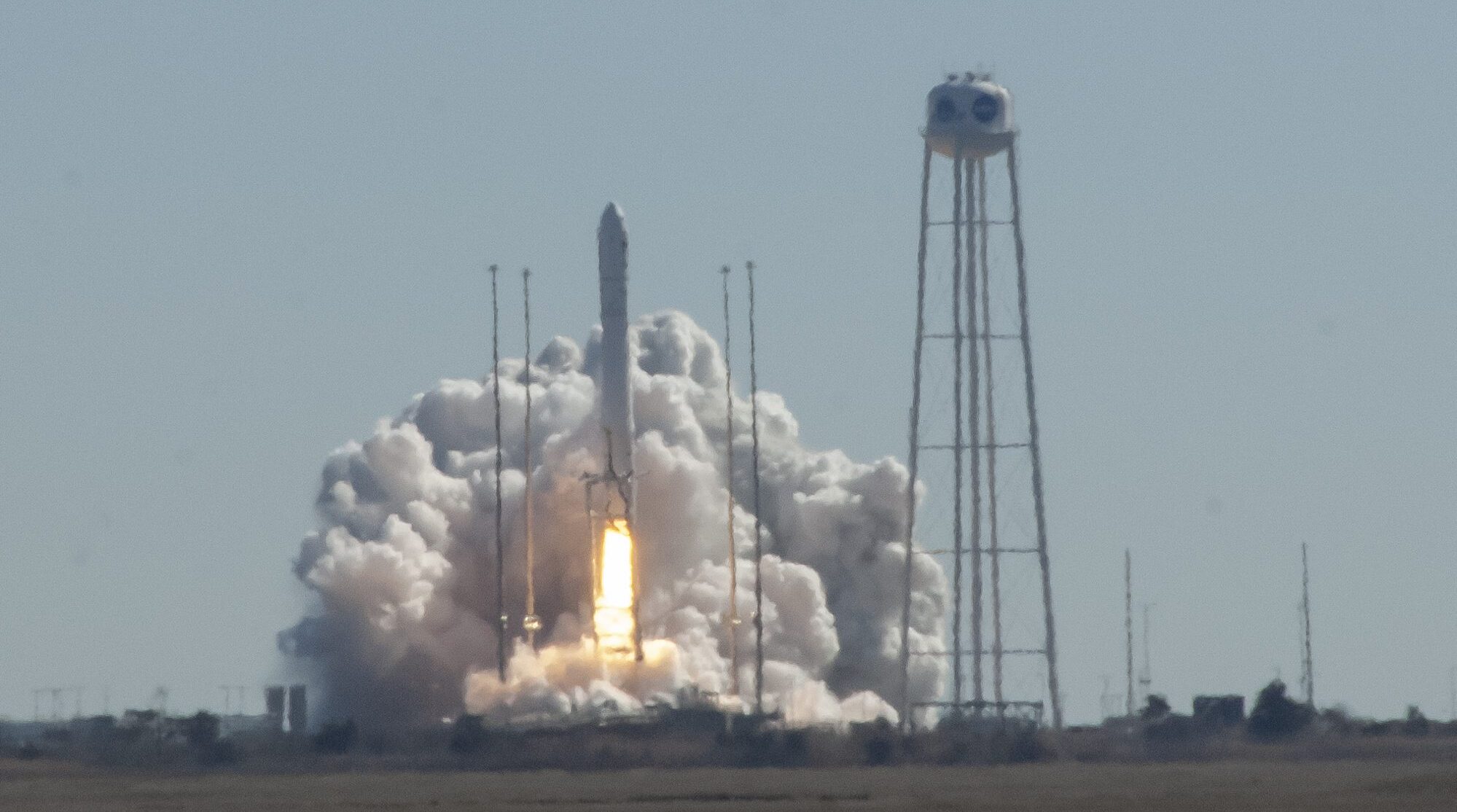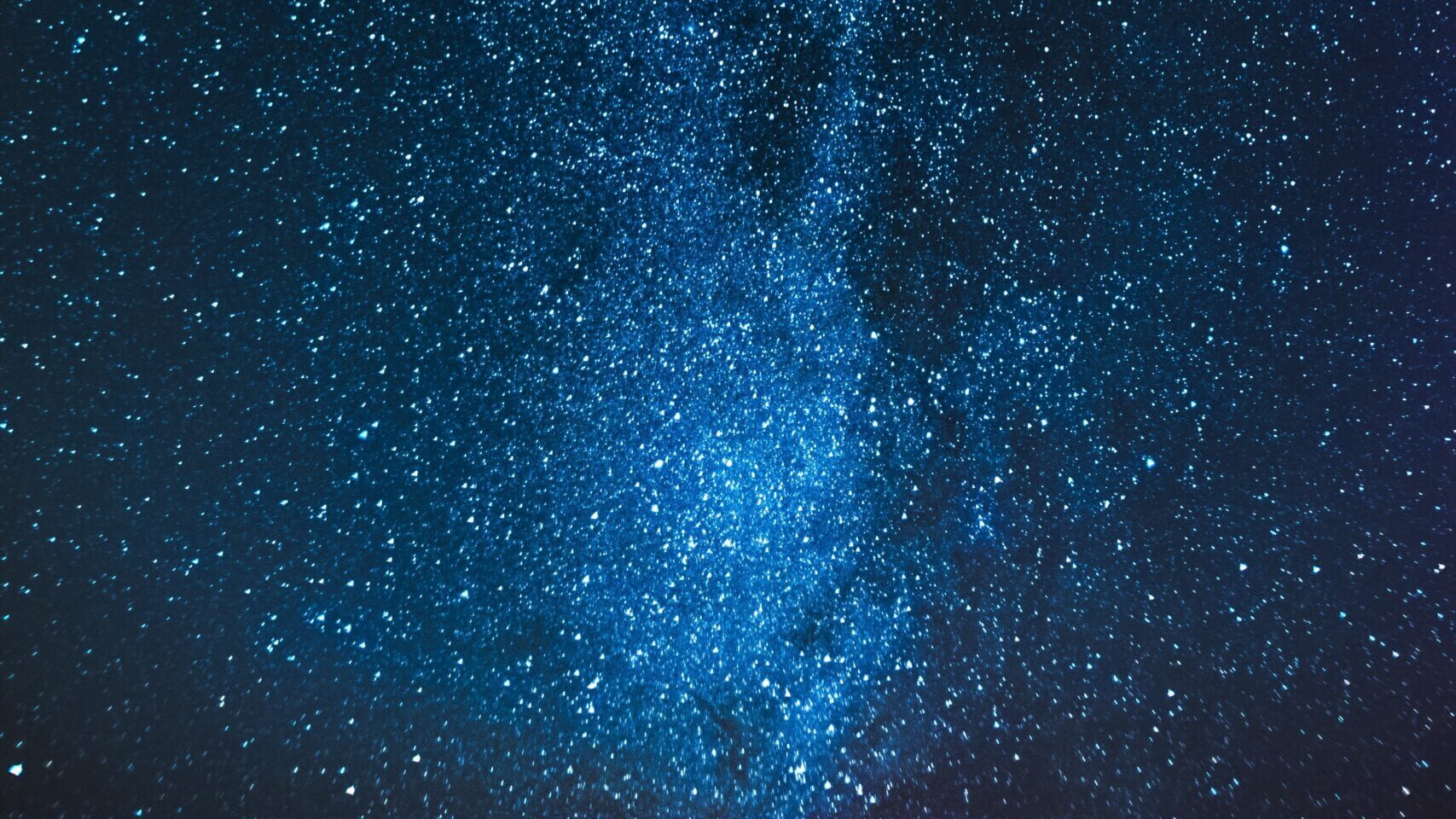What to see when the moon is full
Can you recognize the wide face of the mythical Man in the Moon when gazing at a full moon? It may be a stretch for your imagination, but take a look and see if you can envision eyes and a nose shining down from the face of a full moon. Astronomy scientists tell us the name and date of a full moon when you’ll usually see that full face for a few nights around the date, especially if it’s a clear night sky. That’s when the moon is somewhere between sunset and sunrise and illuminated by the sun so it appears full. Here’s more details of what you can see when the moon is full.
Discover details on the moon surface with binoculars
- lunar marias are dark blotches called lunar seas or ponds often with craters
- lunar highlands are lighter in color rocks
- lunar rilles are cracks in the surface of the terrain
When the moon is full discover details on the moon surface with binoculars and find lunar marias, highlands and rilles. You can get lost in time just scanning the surface of the moon and imagining the possibilities. Throughout a month watch as the new moon goes from a very thin slice of a crescent shape in the sky to a waxing or growing moon during its first quarter. As time passes the moon is called gibbous, becoming oblong before it is full moon. After it’s full the cycle reverses itself and is known as a waning moon and goes back to being a new moon.
TIP Our firsthand experience using binoculars stargazing: Don’t go stargazing without these 3 items: 1. For a steady supported view, use a tripod that’s lightweight and easy to assemble 2. To find your way around a group of stargazers in the dark, use a small mini red flashlight instead of a white light that interferes with night vision. A red light head lamp is also a good idea. 3. Get a red dot finder (RDF) to pinpoint a star or object. It superimposes a small red dot on the sky where you’re looking. Tripod, Red Light, RDF repeat.
Refer to the Full Moon calendar
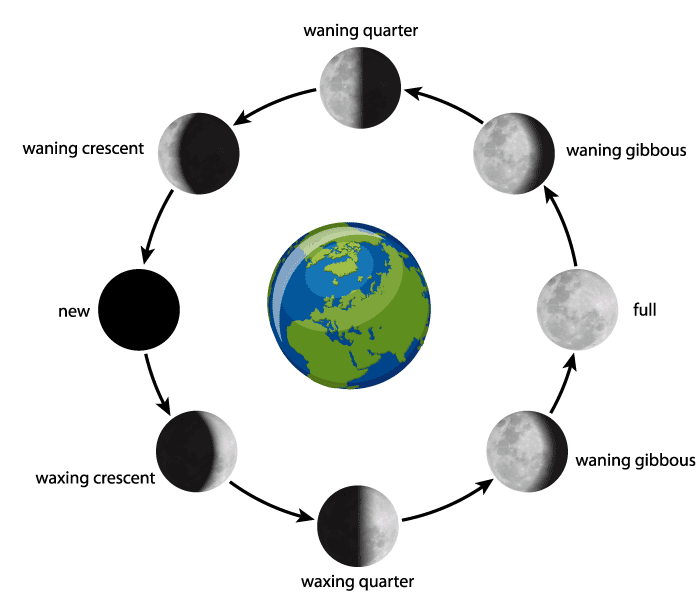
We see the Man in the Moon face once a month because the moon is rotating around us on earth when we see part of the moon in its shadow. Look at a Full Moon calendar and note the time zones. Along with the local date and time you may notice some indicate the UTC posted. That stands for Universal Time Coordinated (how the world regulates clocks and time) and the GMT or Greenwich Mean Time.
Here’s a useful link to convert the posted time to your time zone https://time.is/compare.
Gene and Katie Hamilton are amateur astronomers who follow the stars and write about their dark sky adventures. They are members of the Outdoor Writers Association of America.
Post Views: 2,229
|
